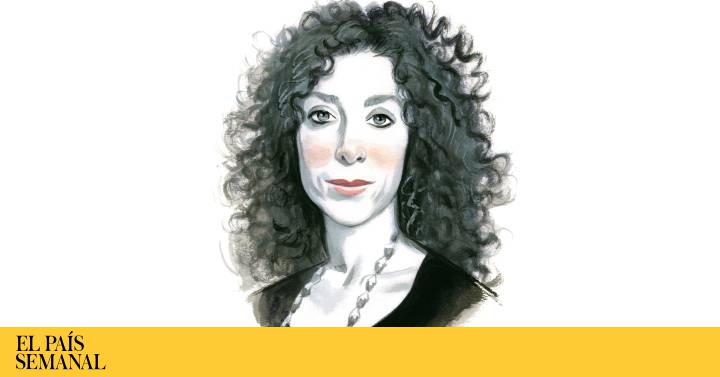I found out about him five years ago, in July 2015. He sent me an email saying: “I'm from Junín.
About five years ago I discovered an archive that has about 8,000 photos from the 1940s and 1950s in the city. "
Junín is a city of 100,000 inhabitants that is 250 kilometers from Buenos Aires. The man who wrote to me was a documentary filmmaker named Christian Rémoli, and he wanted to talk to me about a project related to his discovery.
In the years that followed we had sporadic contacts.
One day in 2019, when I was in Madrid or Bern, I don't remember, he wrote to me.
He had moved heaven and earth to get funds to develop the photos, and they were not 8,000: they were 47,000.
He sent me some, as a sample.
What I saw in them left me speechless.
A few months of silence followed.
Until, weeks ago, he wrote to me again.
He told me that the photos were not 47,000: they were 70,000.
And that there were, in addition, 120 hours of film material.
Images of Eva and Juan Domingo Perón, of the local and national political leadership, of the streets, shops, baptisms and communions of Junín: the record of 60 years of citizen life.
The man who had taken those photos was Alberto Haylli.
They called him
El Gordo
.
He was born in 1911. He worked for the Juninense newspaper
La Verdad
, he had a prestigious photographic studio.
He died in 1994, while climbing the stairs of a supermarket with his wife.
Before he died he tried unsuccessfully to get the municipality to help him value the huge archive he had collected and of which he had sold a part because he needed money.
When he died, his daughter Herminia kept everything without knowing what there was, since most of it was negative.
For 12 years, thousands of photos and hundreds of hours of film remained in one room.
Until, while looking for material for another story, someone told Christian Rémoli that Haylli's daughter had images that could help him.
He went to see her.
She made him go up to a terrace.
“There was a little room”, says Rémoli, “and a lot of sun.
The place was dark and things were piled up.
I start to focus better and I see that there are cans and cans ”.
I say: "What is this, Herminia?"
And he tells me: "This is all the work my old man did."
There they were, arranged by date and subject, six decades of history.
I asked Rémoli if he had shown the photos to a professional to see if they had, in addition to historical value, artistic value, and he said no.
I asked him if he hadn't thought that maybe in many cities there were archives like that, and he told me that what is unique about Haylli was the monumentality, order and variety of the record.
After receiving rejections and vain promises from officials, Rémoli raised funds and set up the
Haylli Project
.
In this context, he digitized and declassified 65,000 negatives, plans a book and a documentary series for the Argentine channel Encuentro.
He speaks of Junín as if it were the center of the world, and of the Haylli archive as if it were the library of Alexandria.
He recounts with vandalism enthusiasm the photos of Eva and Perón, of the mayors and local leaders.
But other images overwhelm me: a woman standing in front of a Gath & Chaves store, with her back to some bare trees that seem to herald the apocalypse;
another woman reading next to a radio the size of a television;
Haylli's daughter sitting on a deck chair in the middle of the field, like an Alice on the other side of the mirror, having a cup of tea.
And I am overwhelmed, more than anything, by the photos that Rémoli sent me in 2019 and that I opened during that trip through Madrid or Bern: a group of men behind a counter on which there is a crate of beer.
From the clothes, it must be the forties.
My last name reads on the drawer.
The counter, the drawer, the beer - all of that was part of my great-grandparents' brewery.
I stared at the image with the conviction that it was going to reveal a secret that I always look for and that I don't know what it is.
The town of Haylli, the town of Rémoli, and the town I grew up in are, if it goes without saying, the same.

